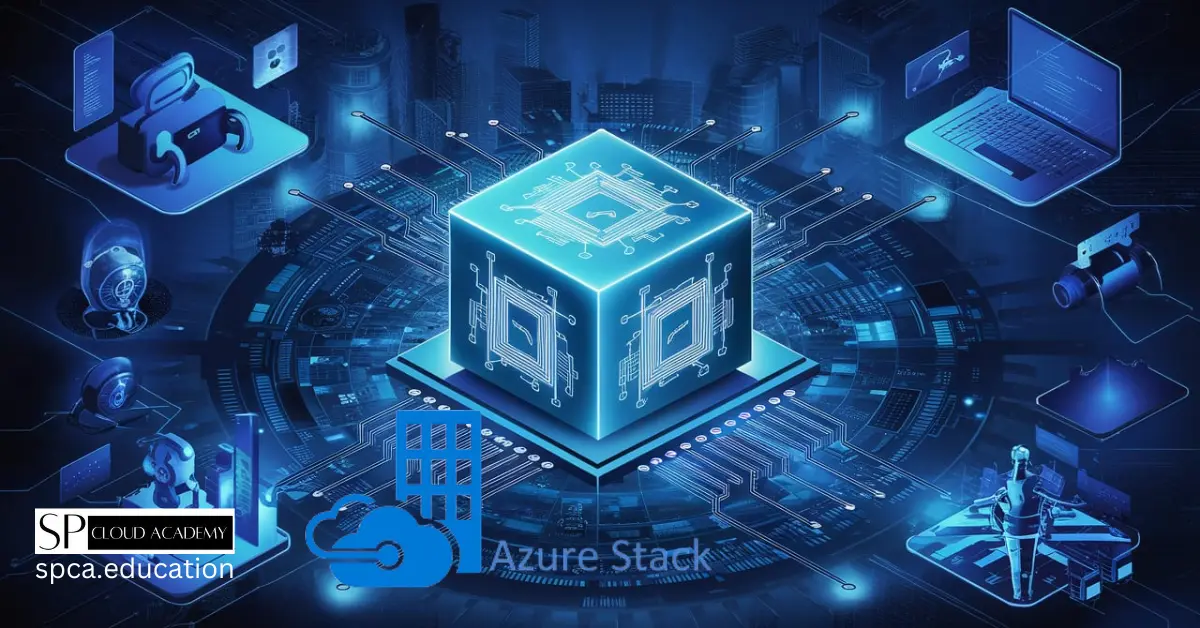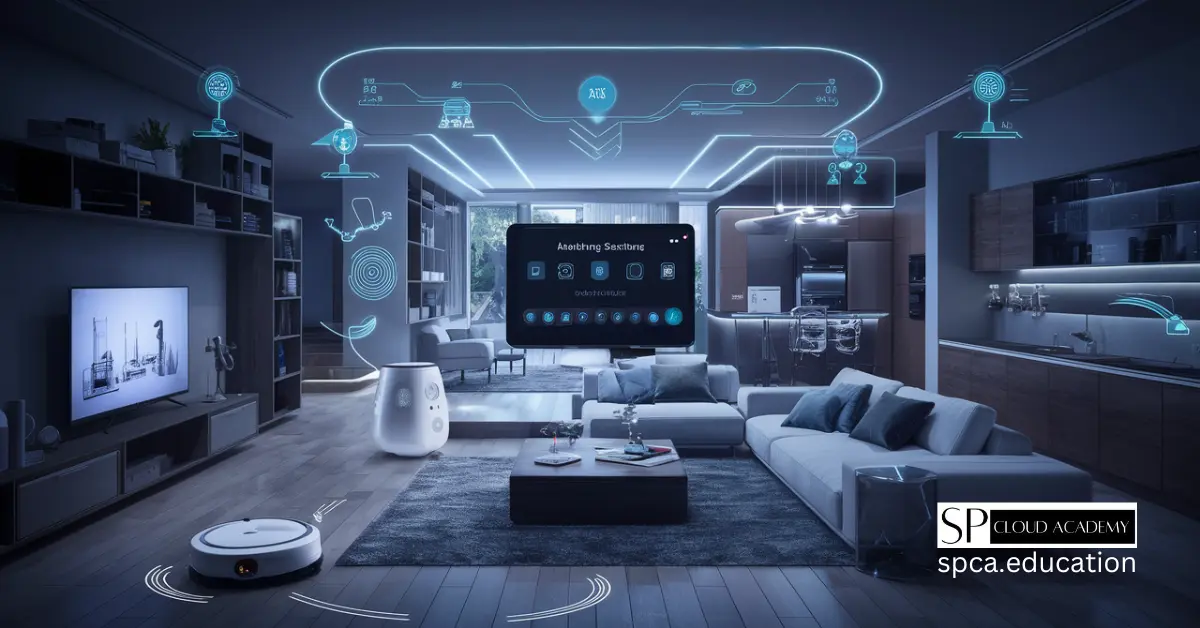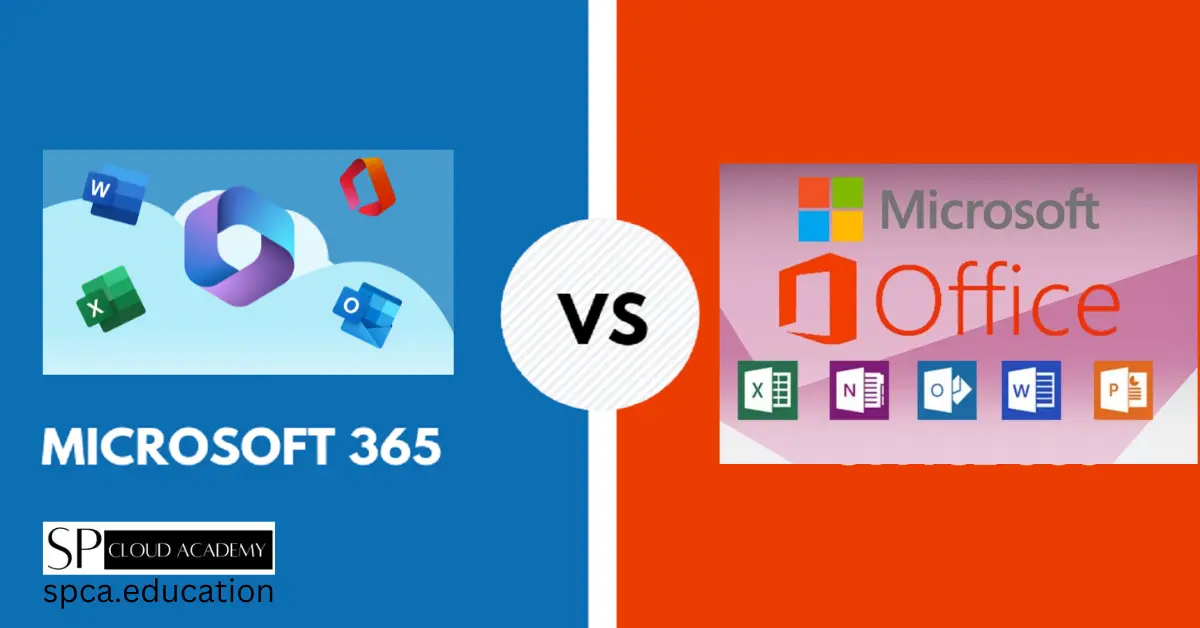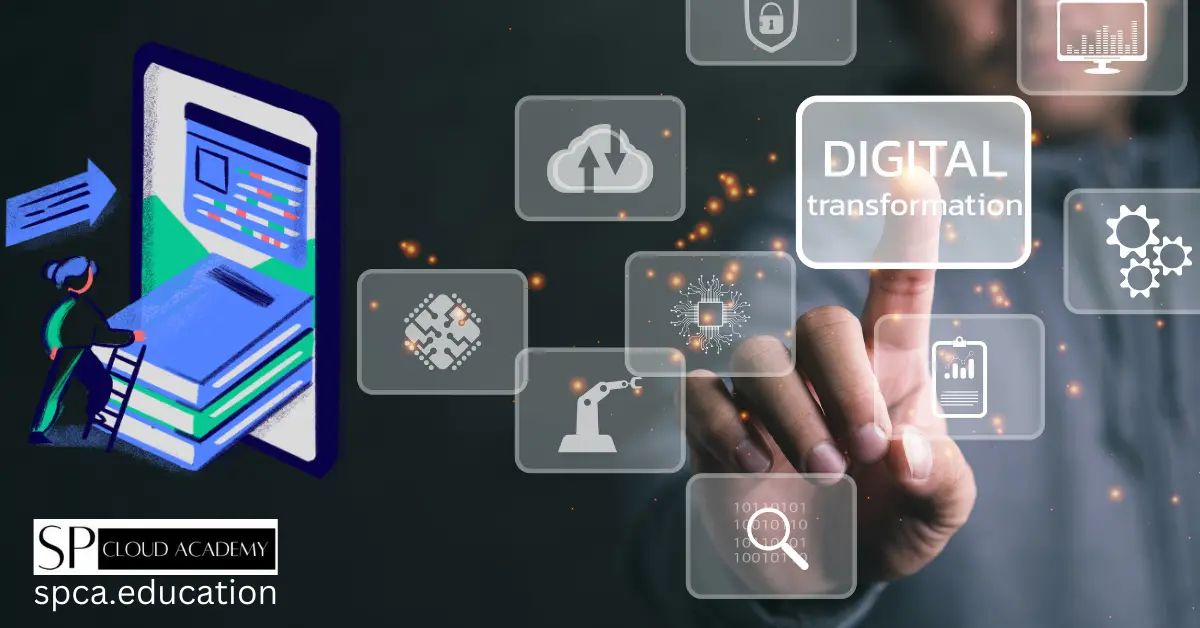Introduction
In the ever-evolving landscape of technology, digital transformation has emerged as a cornerstone for businesses aiming to stay competitive and relevant. The rapid pace of technological advancements has made it imperative for organizations to adapt, innovate, and integrate digital solutions into their operations. As we stand on the brink of a new era, it is crucial to understand the trends that are shaping the future of digital transformation. This article delves into seven game-changing trends that are redefining the way businesses operate, interact, and deliver value in the digital age.
1. Artificial Intelligence and Machine Learning: The Brains Behind Digital Transformation
The Rise of AI and ML
Artificial Intelligence (AI) and Machine Learning (ML) have transitioned from being futuristic concepts to becoming integral components of digital transformation strategies. These technologies are revolutionizing industries by enabling machines to learn from data, identify patterns, and make decisions with minimal human intervention.
Applications Across Industries
AI and ML are being leveraged across various sectors, including healthcare, finance, retail, and manufacturing. In healthcare, AI-powered diagnostic tools are enhancing the accuracy of medical diagnoses. In finance, ML algorithms are being used for fraud detection and risk management. Retailers are utilizing AI to personalize customer experiences, while manufacturers are employing ML to optimize supply chains and predict equipment failures.
The Future of AI and ML
As AI and ML continue to evolve, we can expect even more sophisticated applications. The integration of AI with other emerging technologies, such as the Internet of Things (IoT) and blockchain, will further amplify its impact. Businesses that harness the power of AI and ML will be better positioned to innovate, improve efficiency, and deliver superior customer experiences.
2. The Internet of Things (IoT): Connecting the Dots
The IoT Ecosystem
The Internet of Things (IoT) refers to the network of interconnected devices that communicate and exchange data with each other. This ecosystem encompasses everything from smart home devices and wearable technology to industrial sensors and autonomous vehicles.
Transforming Industries
IoT is transforming industries by enabling real-time data collection, analysis, and decision-making. In agriculture, IoT sensors are being used to monitor soil conditions and optimize irrigation. In healthcare, wearable devices are tracking patient vitals and providing remote monitoring capabilities. Smart cities are leveraging IoT to enhance urban infrastructure, reduce energy consumption, and improve public safety.
The Future of IoT
The proliferation of IoT devices is expected to continue, with billions of new devices coming online in the coming years. The integration of IoT with AI and 5G technology will further enhance its capabilities, enabling faster data processing and more reliable connectivity. Businesses that embrace IoT will be able to unlock new opportunities, improve operational efficiency, and create innovative products and services.
3. 5G Technology: The Backbone of Digital Transformation
The Promise of 5G
5G technology is set to revolutionize digital transformation by providing faster, more reliable, and low-latency connectivity. With speeds up to 100 times faster than 4G, 5G will enable seamless communication between devices, support massive data transfers, and facilitate real-time applications.
Impact on Industries
The impact of 5G will be felt across various industries. In healthcare, 5G will enable remote surgeries and telemedicine. In manufacturing, it will support the deployment of autonomous robots and smart factories. The entertainment industry will benefit from enhanced streaming capabilities and immersive experiences, such as virtual reality (VR) and augmented reality (AR).
The Future of 5G
As 5G networks continue to roll out globally, we can expect a surge in innovative applications and services. The combination of 5G with other technologies, such as AI, IoT, and edge computing, will create new possibilities for businesses. Companies that leverage 5G will be able to deliver faster, more reliable, and more immersive experiences to their customers.
4. Blockchain: Building Trust in the Digital Age
The Power of Blockchain
Blockchain technology, originally developed for cryptocurrencies like Bitcoin, has evolved into a powerful tool for digital transformation. Blockchain is a decentralized and distributed ledger that records transactions in a secure, transparent, and immutable manner.
Applications Beyond Cryptocurrency
Blockchain is being used in various industries to enhance transparency, security, and efficiency. In supply chain management, blockchain is being used to track the movement of goods and ensure authenticity. In finance, it is being used for secure and transparent transactions. Healthcare organizations are leveraging blockchain to securely store and share patient data.
The Future of Blockchain
As blockchain technology matures, we can expect to see more widespread adoption across industries. The integration of blockchain with AI and IoT will create new opportunities for innovation. Businesses that adopt blockchain will be able to build trust, enhance security, and streamline operations.
5. Edge Computing: Bringing Processing Power Closer to the Source
The Need for Edge Computing
Edge computing is a paradigm that involves processing data closer to the source of generation, rather than relying on centralized cloud servers. This approach reduces latency, improves response times, and enhances data security.
Applications Across Industries
Edge computing is being used in various industries to support real-time data processing and decision-making. In autonomous vehicles, edge computing enables real-time processing of sensor data. In healthcare, it supports remote patient monitoring and telemedicine. Retailers are using edge computing to enhance in-store experiences and optimize inventory management.
The Future of Edge Computing
As the volume of data generated by IoT devices continues to grow, the demand for edge computing will increase. The integration of edge computing with 5G and AI will enable faster and more efficient data processing. Businesses that adopt edge computing will be able to deliver real-time insights, improve operational efficiency, and enhance customer experiences.
6. Cybersecurity: Safeguarding the Digital Frontier
The Growing Importance of Cybersecurity
As digital transformation accelerates, the importance of cybersecurity cannot be overstated. With the increasing reliance on digital technologies, businesses are becoming more vulnerable to cyber threats, such as data breaches, ransomware attacks, and phishing scams.
Evolving Threat Landscape
The threat landscape is constantly evolving, with cybercriminals employing more sophisticated tactics. Businesses must adopt a proactive approach to cybersecurity, leveraging advanced technologies and best practices to protect their digital assets.
The Future of Cybersecurity
As cyber threats continue to evolve, so too will the technologies and strategies used to combat them. The integration of AI and ML into cybersecurity will enable more effective threat detection and response. Businesses that prioritize cybersecurity will be better equipped to protect their data, maintain customer trust, and ensure business continuity.
7. Digital Twins: Bridging the Physical and Digital Worlds
The Concept of Digital Twins
Digital twins are virtual replicas of physical objects, systems, or processes. These digital representations are created using data from sensors, IoT devices, and other sources, allowing businesses to monitor, analyze, and optimize their physical counterparts in real-time.
Applications Across Industries
Digital twins are being used in various industries to improve efficiency, reduce costs, and enhance decision-making. In manufacturing, digital twins are being used to simulate production processes and optimize equipment performance. In healthcare, they are being used to create personalized treatment plans and simulate surgical procedures. Smart cities are leveraging digital twins to optimize urban planning and infrastructure management.
The Future of Digital Twins
As the technology behind digital twins continues to advance, we can expect to see more widespread adoption across industries. The integration of digital twins with AI, IoT, and 5G will enable more sophisticated simulations and real-time monitoring. Businesses that adopt digital twins will be able to optimize their operations, reduce costs, and drive innovation.

“Digital Transformation Success” is a must-read for leaders navigating digital change. It offers a clear roadmap for achieving transformation goals, blending strategy with real-world case studies. The book’s structured approach simplifies complex concepts, making it accessible for both beginners and experts. A valuable resource for businesses aiming to stay competitive in a tech-driven world. Highly recommended for IT professionals, executives, and project managers! #DigitalTransformation #BusinessGrowth #TechLeadership #Innovation #Success
Conclusion
The future of digital transformation is now, and it is being shaped by a host of game-changing trends. From the rise of AI and ML to the proliferation of IoT devices, the advent of 5G technology, the power of blockchain, the emergence of edge computing, the growing importance of cybersecurity, and the potential of digital twins, these trends are redefining the way businesses operate and deliver value.
As we move forward, it is crucial for businesses to stay abreast of these trends and leverage them to drive innovation, improve efficiency, and enhance customer experiences. The organizations that embrace these technologies and integrate them into their digital transformation strategies will be the ones that thrive in the digital age.
The future is indeed now, and the possibilities are limitless. By understanding and harnessing these game-changing trends, businesses can position themselves at the forefront of digital transformation and secure a competitive edge in the ever-evolving digital landscape.
See Also
-

2025’s Game-Changers: The Tech Trends That Will Reshape Our World
-

From AI to 5G: The Biggest ICT Milestones of 2024 Unveiled
-

Blockchain Unveiled: How It’s Revolutionizing the Digital World
-

ChatGPT vs Gemini: The Ultimate Showdown in AI Innovation!
-

Unlocking the Power of Azure Stack: Revolutionizing Hybrid Cloud for Modern Enterprises
-

Home Automation and Security Systems Using AI and IoT
-

How ChatGPT is Transforming the Future of AI Communication?
-

The Ultimate Guide to Cloud Applications: Benefits, Trends, and Best Practices
-

Microsoft 365 vs. Microsoft Standalone Office Suite: Which One Will Boost Your Productivity?
